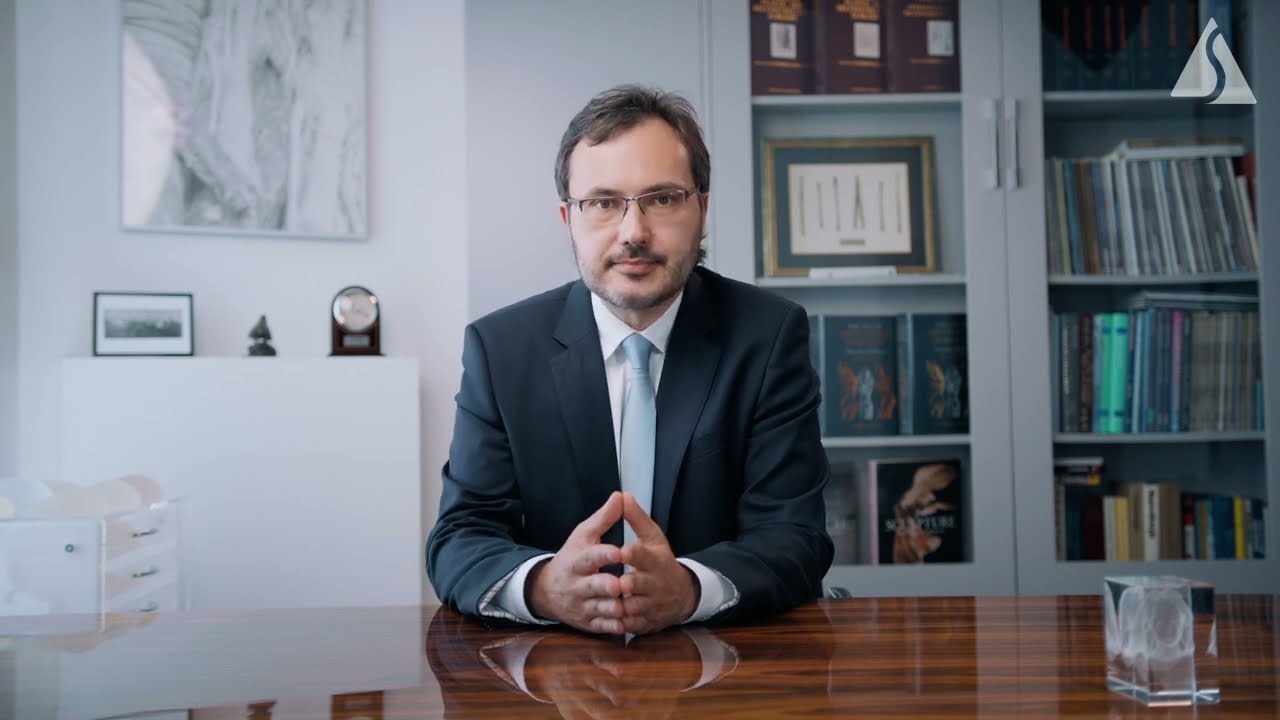Recovery after abdominal plastic surgery

Abdominal plication (abdominoplasty) is a surgical procedure that aims to improve the appearance of the abdomen, removing excess skin and fatty tissue, as well as strengthening the muscles, resulting in a more defined waist and a slimmer figure. The operation requires general anesthesia and is a major intrusion into the body, so it involves careful adherence to medical instructions during the post-operative period. Reconvalescence is demanding, as you need to avoid certain activities and take proper care of the wound to promote healing. What should you keep in mind to ensure that your return to full fitness is without complications?
What is abdominoplasty?
Abdominoplasty is a procedure in which excess flabby skin and fatty tissue is removed, and often the tension of the fascia and muscles that make up the abdominal wall is also strengthened. The goal is to achieve a silhouette with a better defined waist and a taut and flat abdomen - the natural appearance of the belly button is also recreated. It is possible to combine the operation with liposuction, which involves suctioning out excess fat, giving an even better effect of a modeled silhouette.
It is important to remember that abdominoplasty should be well thought out and discussed with the doctor. If the specialist sees no contraindications and qualifies the patient for the procedure, his final decision should not be burdened by any external pressures. It should be remembered that this is not a way to lose weight, but a procedure particularly indicated in people struggling with excess flabby skin on the abdomen (for example, as a result of significant weight loss after bariatric surgery or pregnancy). It is performed for therapeutic and aesthetic indications.
The procedure usually takes 3 to 5 hours and requires general anesthesia. After completion, the patient must remain in the clinic for another 24 hours. You also need to prepare properly for the operation, including giving up stimulants, including alcohol and cigarettes, including electronic ones, for a month before the abdominoplasty.
Read also: Compendium of knowledge on abdominal plasty
How is recovery after abdominal plasty?
After abdominoplasty, the recovery stage is very important, which lasts from 4 to 8 weeks and requires a responsible approach to all medical recommendations. How does recovery after abdominoplasty proceed and what to keep in mind?
First days after abdominal plastic surgery
Abdominal plasty requires staying in the hospital for at least 24 hours after surgery. During this time, the patient remains under the watchful eye of nurses, physiotherapists and doctors. To alleviate pain, painkillers (usually intravenous) and anti-inflammatory drugs are administered, and if necessary, an antibiotic (its administration is necessary, among other things, in case of the presence of additional perioperative burdens).
After surgery, the patient is given a special compression belt. This is an elastic corset that must be worn around the clock until the stitches are removed (the 10th-14th day after surgery), and then for most of the day for the next 6-8 weeks (or longer if so directed by the doctor). On the first day after surgery, the patient is encouraged to get out of bed (upright) and take gentle walks. This is an important step in the recovery process and helps prevent complications, such as blood clots. With controlled walking attempts, circulation improves and the body recovers faster. When uprighting, a physiotherapist is present, who can prescribe breathing exercises and light lower limb exercises, which over time he expands to include those that improve circulation and prevent swelling. It is worth remembering that the sooner there is a return to activity (albeit very limited at first), the better.
For your own comfort when resting, it is best to choose a semi-reclining position, such as arranging some pillows under your legs. For 12 weeks or so, it's a good idea to avoid sleeping on your stomach, and when getting out of bed, it's best to do so on your side, which will reduce pressure on the stitches and help with healing.
Up to a few days after surgery, the abdomen is swollen, red and painful. However, these symptoms will gradually subside over 2-3 weeks. The scar, initially large and visible, can be worked on together with a physiotherapist during the recovery period.
Diet after abdominal plasty - what to remember?
In the first few days after surgery, it is necessary to eat a diet - easily digestible, rich in vitamins, minerals and dietary fiber. Good choices are cooked vegetables and fruits, kisels, soups, purees, cooked meat. It is worth reaching for products rich in protein, which promote wound healing and regeneration of the body. To avoid constipation and properly hydrate the body, drink about 2 liters of water per day.
After the operation, you should still abstain from smoking (including electronic cigarettes) and drinking alcohol! It is better to avoid driving for a few days.
It is very important to follow up appointments, which are usually scheduled 7 and 14 days after the procedure (this is also when the sutures are removed). If any worrisome symptoms appear, such as severe abdominal pain, bleeding, fever, lack of healing of the wound or spreading of its edges, a specialist should be consulted. There is no point in going to the doctor at that time, because you don't know if he is at the clinic. It is enough to contact a physiotherapist, who will determine whether it is a complication or a normal reaction, and then contact the doctor by phone.
It is also important to take care of mental comfort. It is advisable to give yourself 2 weeks of rest, which can be spent reading a book, listening to podcasts or watching TV series. It is important to have the support of a loved one, who will not only help with daily activities, but also give encouragement when mood swings occur, for example.
When can I return to activity after abdominal plastic surgery?
After abdominal plasty, one should return to performing daily duties - including professional duties - with caution. A return to sedentary work is possible 2-3 weeks after the procedure (unless the doctor decides otherwise). Lifting should be avoided for at least 3 months (this includes lifting children). Failure to follow the above recommendations can lead to complications (such as bleeding) and even the need for a second surgery. You also need to refrain from intense workouts, and return to physical activity should be graded accordingly, such as starting with walking.
Once the wound has healed, it is necessary to take care of the appearance of the abdomen together with the physiotherapist. It is recommended to massage the scar, lubricate it with ointments or use scar dressings. The final appearance of an abdominal plastic surgery scar stabilizes after a year or so. Therefore, even if at first it seems that the aforementioned methods do not work, you should not give up on them.
Adherence to medical and physiotherapeutic recommendations is the key to success and a very important part of recovery. Without patient-doctor-physiotherapist cooperation, the results can be unsatisfactory, and in extreme cases, complications such as a stretch between the rectus muscles, an increase in the size of hernias or the entrapment of their contents are possible.
Read also: What are the effects of 360-degree abdominal plasty?
FAQ
How long does an abdominal plastic surgery wound take to heal?
Wound healing time is an individual matter. Roughly 10-14 days after the procedure, the stitches are removed. However, it takes longer to recover, which requires adherence to recommendations, including the prohibition of lifting and abandonment of regular workouts. You can return to full activity 2-3 months after the operation (as long as all discomfort subsides and there are no other contraindications).
How long does it take to recover from abdominal surgery?
A lot depends on the patient, but in most cases the pain subsides overnight and it becomes easier and easier to function. After 2-3 weeks, you can think about returning to work (as long as it is not physical work).
What should you not do after abdominal surgery?
After abdominoplasty, one should not lift, bend or straighten rapidly. In the first few days, controlled activity must be implemented, but movements must be calm. You should not exercise for 6-8 weeks after surgery. It is advisable to give up stimulants, especially alcohol and smoking, as they slow down healing.














